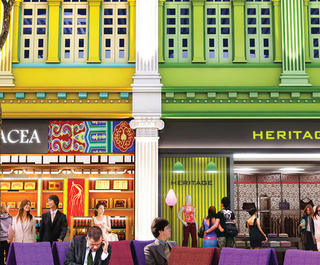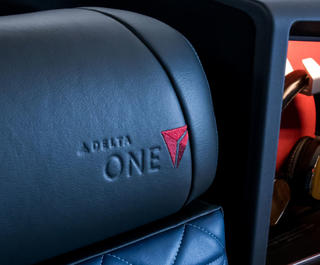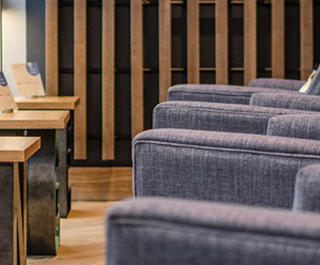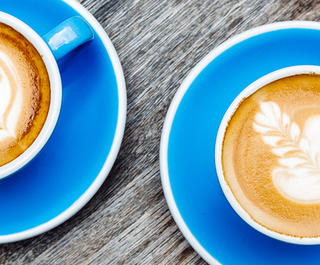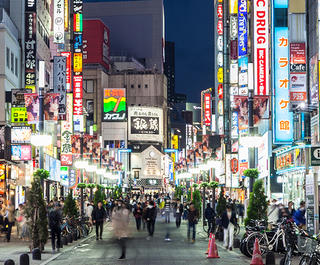
Words by Carlie Tucker
Have you ever wondered why window shades have to be up for take-off and landing? Or what the flight crew eats on long-haul flights? There are plenty of questions that travellers ask themselves when flying and we're answering them! Here are eight common air travel questions and their answers:
What are the rules for electronic devices?
The days of airplanes being a device free zone are long gone, with many airlines adopting new policies regarding mobile devices. All major Australian airlines provide gate-to-gate service for small, hand-held electronic devices as long as they are in airplane mode. This means that phones, e-readers, iPods and iPads don't need to be switched off at any point during your flight.
Larger electronics, though, are subject to stricter rules. Because these devices, such as open laptops, block access to aisles and exits, they must be safely stowed during take-off and landing.
Why do window shades have to be up for take-off and landing?
This is a safety measure that allows passengers' eyes to adjust to the natural light outside the plane. If there was an emergency in which you had to disembark, there wouldn't be any delays caused by passengers trying to get used to the brighter light outside the aircraft.
Why does your seat need to be upright for take-off and landing?
Similar to the rules surrounding larger electronic devices, this common procedure ensures there is nothing blocking the aisles and exits just in case you need to quickly disembark the plane.
What happens if a door opens mid-flight?
While this is a common fear for many passengers, it need not be. It is virtually impossible to open any of the cabin doors while the plane is in the air due to the pressure inside being greater than that outside the plane. As most plane doors are designed to open inward before pushing out, even the strongest person wouldn't be able to pull the door inward.
Why are cabin lights dimmed for take-off and landing?
This is another safety measure taken to ensure the environment inside the plane is as close to the outside as possible, ensuring passengers aren't slowing down the evacuation process as they try to adjust to brighter sunlight.
Is the crew served the same food as the passengers?
Different airlines adopt different practices when it comes to food for the flight crew. Generally speaking, pilots and co-pilots will not eat the same meal in case of food poisoning. Flight attendants will often eat the same meal as the passengers. It can either be an economy meal or a business class meal. Many flight attendants, though, will bring their own snacks or skip eating depending on the length of the flight.
Why do planes cruise above 30,000 feet?
Most aircraft fly in the 30,000 foot range for efficiency. Ranging between 30 and 40,000 feet is where a plane's engines can operate the best. There is less drag in the thinner air, which doesn't burn up fuel. Of course, the size and weight of a plane are deciding factors in how high it will fly, as are flight directions, weather conditions and turbulence.
Where does the flight crew sleep on long haul flights?
Depending on the aircraft, pilots will sleep in specially designed rest seats in or near the cockpit. Flight attendants will rest either in a designated block of seats in the cabin or in a separate, more private area of the plane (generally located at the far rear of the plane.
Some larger aircraft, such as the A380, have private quarters below the decks for flight attendants that will generally accommodate up to six. Pilots and flight attendants will sleep in shifts to ensure the cabin isn't left unattended and everyone is well rested for landing.


